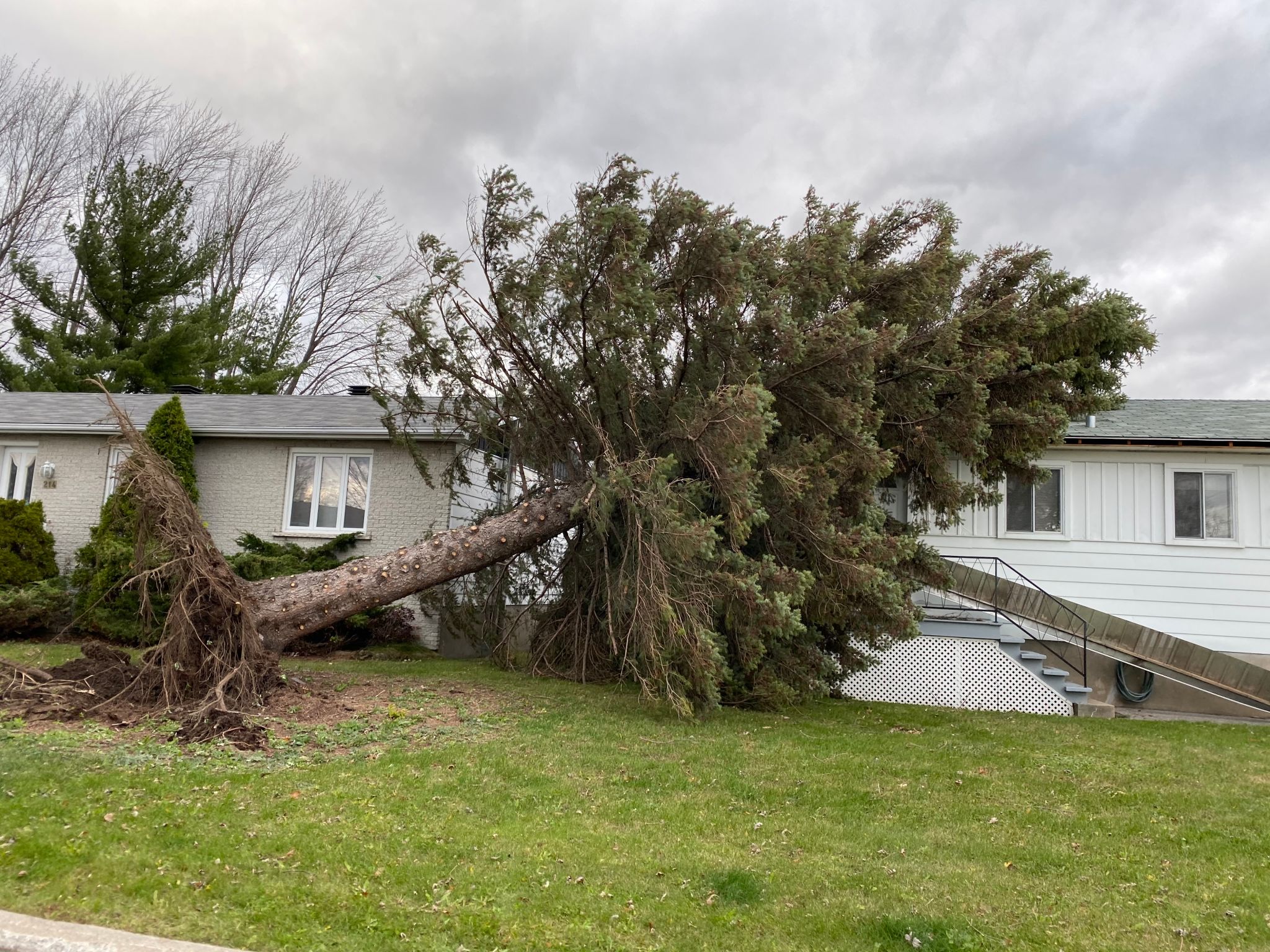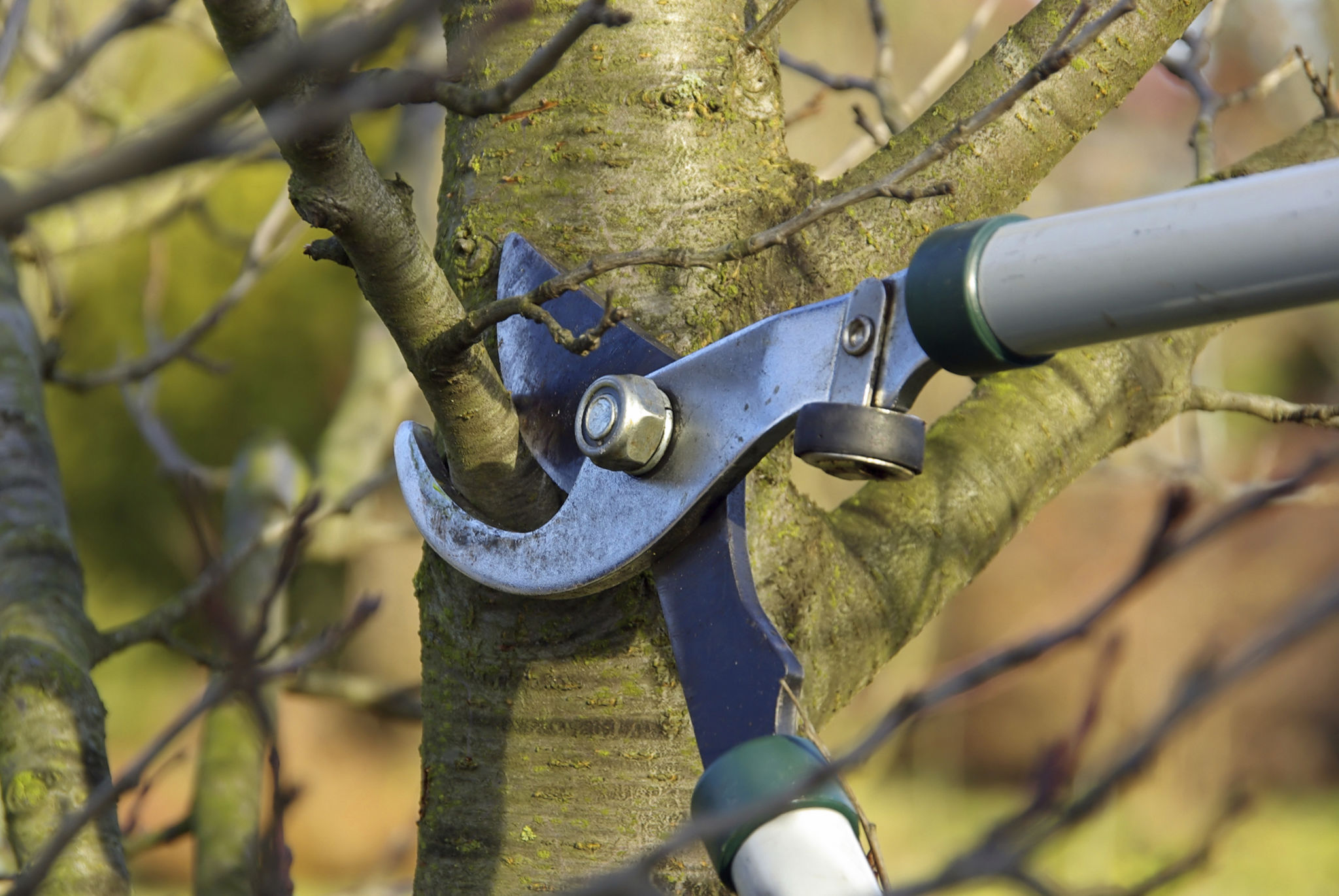Steps for Emergency Storm Damage Response: Protecting Your Trees in Durham
Understanding the Impact of Storms on Trees
Durham's natural beauty is marked by its lush greenery and towering trees. However, severe storms can pose a significant threat to this landscape, potentially causing damage to trees that can lead to safety hazards. It's important to understand how storms can affect trees, as this knowledge is the first step in effective storm damage response.
High winds, lightning, and heavy rainfall can result in broken branches, uprooted trees, and even structural damage to homes and properties. Recognizing these potential risks is crucial for both safety and the preservation of Durham's tree canopy.

Immediate Safety Measures
When a storm hits, ensuring safety is the top priority. Here are some immediate steps to take:
- Stay Indoors: Avoid going outside during the storm to prevent injury from falling branches or debris.
- Inspect from a Distance: Once it's safe, assess the situation from afar to identify any obvious hazards such as downed power lines or large fallen branches.
- Avoid Hazards: Do not attempt to move or cut down any fallen trees or branches that may be entangled with power lines.
Taking these precautions can help ensure personal safety and prevent further damage.
Assessing Tree Damage
After ensuring safety, the next step is to assess the extent of the damage. This involves checking your trees for any visible signs of distress. Look for broken limbs, split trunks, and uprooted roots. Assessing this damage will help determine what actions need to be taken.
In cases where the damage is extensive, it may be necessary to consult a professional arborist for a thorough evaluation. They can provide expert advice on whether a tree can be saved or if removal is necessary.

Cleaning Up Safely
Once the damage has been assessed, it's time to begin the cleanup process. If you decide to handle minor debris yourself, ensure you use proper protective gear such as gloves and eye protection. For larger tasks, professional help is recommended:
- Hire a Professional: If large limbs or entire trees have fallen, hiring a professional tree service can ensure safe and efficient removal.
- Dispose Properly: Follow local guidelines for disposing of tree debris to ensure compliance with Durham’s waste management policies.
Efficient cleanup helps restore safety and aesthetics to your property while preventing further complications.
Preventive Measures for Future Storms
Once the immediate concerns are addressed, consider taking preventive measures to protect your trees against future storms. Regular maintenance plays a vital role in reducing storm-related damage:
- Prune Regularly: Regular pruning helps remove weak or dead branches that could become hazardous during a storm.
- Inspect Trees Annually: Annual inspections by an arborist can identify potential issues before they become problems.
- Select Storm-Resistant Species: If planting new trees, consider species known for their resilience to harsh weather conditions.

Engaging with Local Resources
Durham offers various resources to assist residents in managing storm-damaged trees. Engaging with these resources can provide valuable support:
The city’s local government often provides guidelines and services related to storm recovery and tree care. Additionally, local environmental organizations may offer community programs focused on educating residents about tree preservation.
The Importance of Tree Preservation
Trees are an integral part of Durham's ecosystem and community. Beyond aesthetic value, they provide shade, improve air quality, and support local wildlife. Protecting our trees from storm damage not only preserves these benefits but also enhances the overall resilience of the environment.
By taking proactive steps before and after a storm, residents can contribute significantly to maintaining Durham's natural beauty and ecological health.
